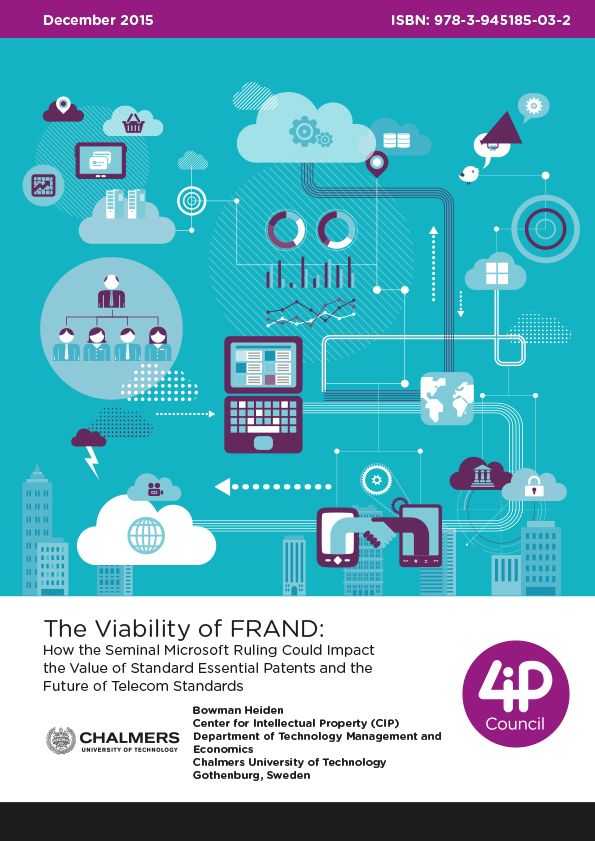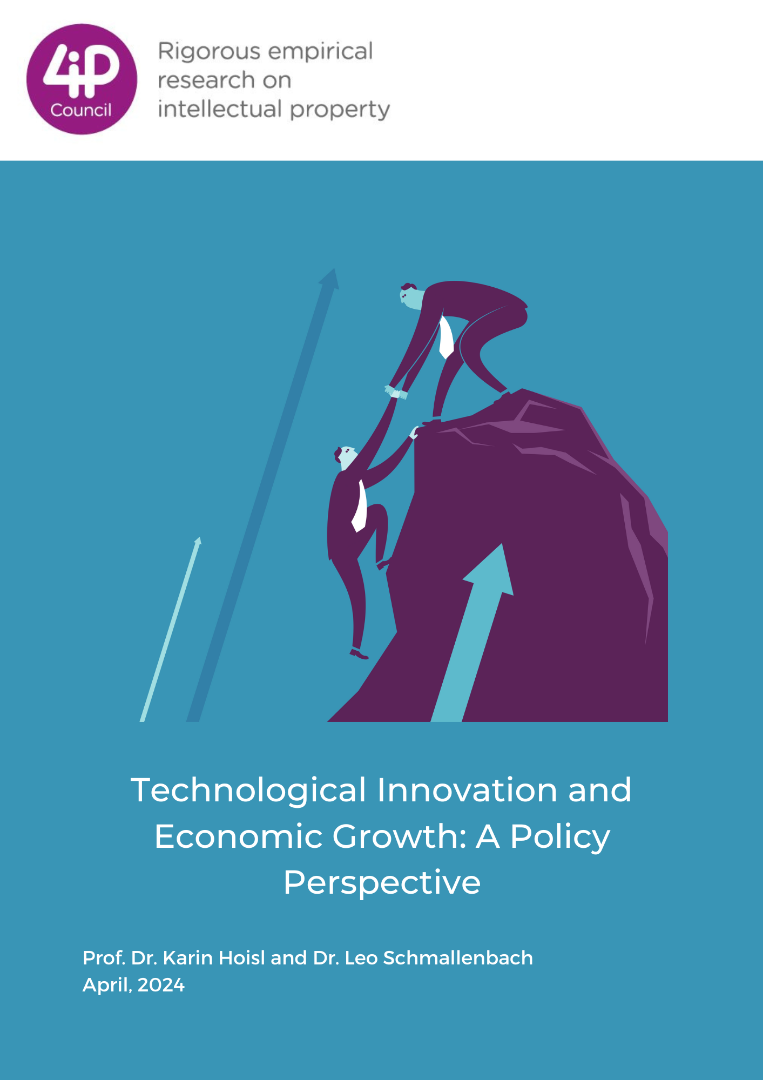1. Introduction
Despite the widespread use of fair, reasonable and non-discriminatory policies (F/RAND) policies by the majority of SSOs for several decades, there has been growing concern from certain actors on the judicial, political, and business arenas that a lack of market consensus on the meaning of F/RAND could facilitate a systemic level of opportunism by standard essential patent (SEP) holders in the market. This concern, while observable in specific cases, has not been empirically shown to have a systemic effect on the ICT market. One such case, involving a dispute between Microsoft and Motorola over F/RAND royalty rates for SEPs in the H.264 and 802.11 standards led to a landmark ruling in the US Federal Court of the Western District of Washington in 2013, which was affirmed by the US 9th Circuit Court of Appeals in 2015.
This paper addresses the viability of F/RAND policies to regulate the equilibrium between patent holdup and freeriding (or patent holdout) in the context of telecommunication standards. As market transactions are executed in the shadow of the norms of the court system, the relation between F/RAND and the judicial arena is the main focus. Using the landmark Microsoft ruling, this paper seeks to investigate (1) what were the state of the art valuation principles deployed by the court to determine FRAND royalty rates and (2) what were the key areas of contention regarding how the valuation principles are reduced to practice and deployed as valuation methods by the court, (3) how generalizable are the decisions by the court on other standardization contexts, and (4) what are the implications of these valuation methods on industry strategy and policy. These are particularly important issues as they define the value of standard essential patents, which is one of the key battleground issue in the struggle to define the agenda for a new patent era, where the role of patents as a tool to facilitate innovation and welfare is being challenged. The full paper is under review and will be available in an academic journal in the near future. Below is a short summary of the preliminary findings.







